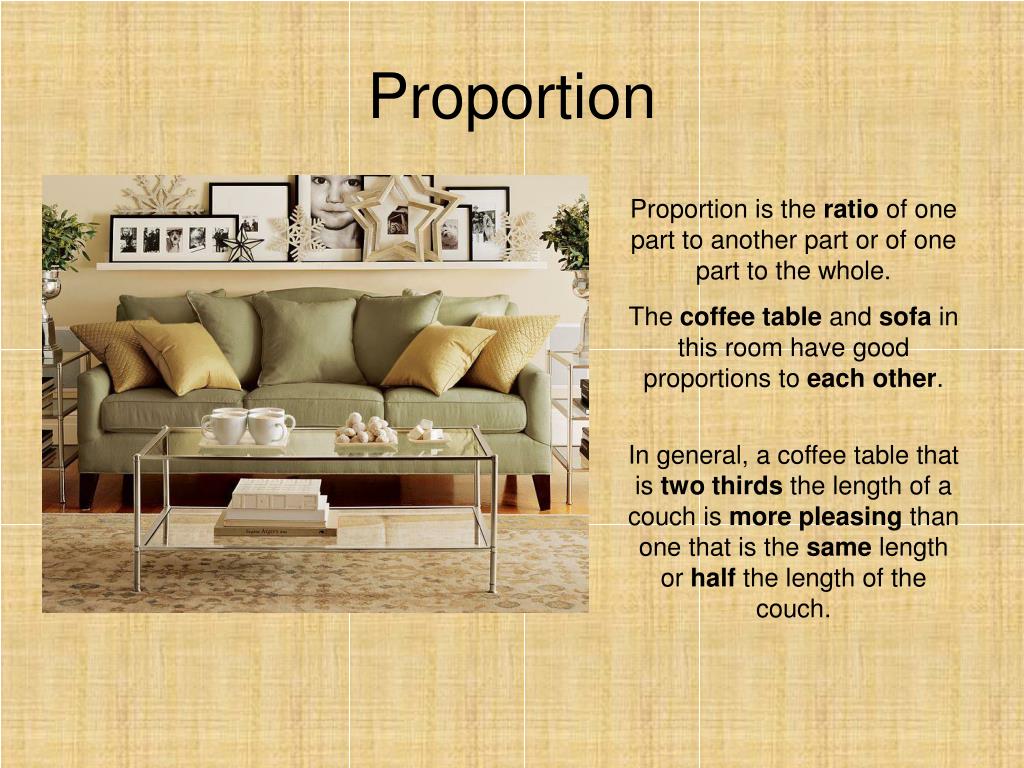Table Of Content

Deployment diagrams are useful when your software solution is deployed across multiple machines with each having a unique configuration. If you’re thinking about creating a UML diagram, take a look at Miro. Our UML diagram template is perfect for collaborative teams looking to create intuitive and user-friendly UML diagrams. The diagram shows the current state and attributes of the objects (the bank accounts) at this particular stage. It shows what actions the user can perform and the class limitations they have in place. These diagrams are often used by developers and business professionals to understand how to structure a new system or improve an existing process.
Degree Pathway for the Bachelor of Science in Engineering, Industrial Engineering, Fall 2024 and Beyond
For example, a debit card inserted into an ATM might result in a ready state or a failure state. Your state machine diagram might show both states, along with other possible states. Use these diagrams to illustrate how objects send and receive messages. For example, a travel reservation system might show a flight booking message passed from object to object. Those objects could include the front end, flight carrier, reservation, and confirmation.
Get More Object Diagram Templates >>
If you have a background in coding, you’ll probably be familiar with UML diagrams. Because typically, software developers use UML diagrams to create new systems. But in today’s world, they’re not limited to a single capacity.
UML class diagram
Class diagrams are the only UML diagrams, which can be mapped directly with object-oriented languages. At the conclusion, the goal of UML can be defined as a simple modeling mechanism to model all possible practical systems in today’s complex environment. OMG oversees the definition and maintenance of UML specifications. This oversight gives engineers and programmers the ability to use one language for many purposes during all phases of the software lifecycle for all system sizes. You can also write your own extension to generate other UML and software design diagrams using SmartDraw's Open API.
OMG standards are driven by vendors, end-users, academic institutions and government agencies. OMG Task Forces develop enterprise integration standards for a wide range of technologies and an even wider range of industries. OMG’s modeling standards, including the UML and Model Driven Architecture® (MDA®), enable powerful visual design, execution and maintenance of software and other processes. Object Diagram Object diagrams describe the static structure of a system at a particular time. A state diagram is a type of diagram used in UML to describe the behavior of systems which is based on the concept of state diagrams by David Harel.
River Hawks Have the Right Stuff Research Francis College of Engineering - UMass Lowell
River Hawks Have the Right Stuff Research Francis College of Engineering.
Posted: Sun, 18 Jun 2023 07:12:07 GMT [source]
In this situation, a class diagram would illustrate the entire baking system. An object diagram will focus on the use of different objects throughout the system. Use case diagrams show interactions between users — also known as ‘actors’ and represented as stick figures — and the system itself. This could be a customer, someone on the internal team, or another system that interacts with the subject of the diagram (in this case, it would be your software). For business management, a UML diagram helps teams organize their workplace, create process documentation, and streamline their workflow.
These are mostly used when working with complex systems with many components. The package diagram allows the user to group items into folders. Items that can be grouped include classes, use cases, documents, diagrams, and even other packages.
Relationships between classes
There are many different types of UML diagrams and each has a slightly different symbol set. But in fact, Class Diagram and Object Diagram represent two different aspects of a code base. In this article, we will provide you with some ideas about these two UML diagrams, what they are, what are their differences and when to use each of them. UML also includes new concepts that were not present in other major methods at the time, such as extension mechanisms and a constraint language.

It also represents the data values of those objects at that state. In other words, a UML Object Diagram can be seen as a representation of how classes (drawn in UML Class Diagram) are utilized at a particular state. A sequence diagram simply depicts interaction between objects in a sequential order i.e. the order in which these interactions take place.
Listed below are some of the best selling UML books you can read to learn UML. Because it is a very powerful planning instrument, the use-case model is generally used in all phases of the development cycle by all team members. A Communication Diagram (known as Collaboration Diagram in UML 1.x) is used to show sequenced messages exchanged between objects. The UML itself is an amalgamation of object-oriented notations like Object-Oriented Design (OOD), Object Modeling Technique (OMT), and Object-Oriented Software Engineering (OOSE).
Like class diagrams, they also show the relationship between objects but they use real-world examples. Object diagrams like this are often used alongside class diagrams. Because an object diagram tends to represent a certain part of a class diagram. UML was created as a clear modeling language for developers to use. It was designed to be simple and easy to understand so that everyone could follow the process and design of the software. This is how you show the sequence of interactions between objects.
They are actually semantically equivalent, so some of the modeling tools such as Visual Paradigm allows you to generate it from one to the other. A use-case model describes a system’s functional requirements in terms of use cases. It is a model of the system’s intended functionality (use cases) and its environment (actors).
















